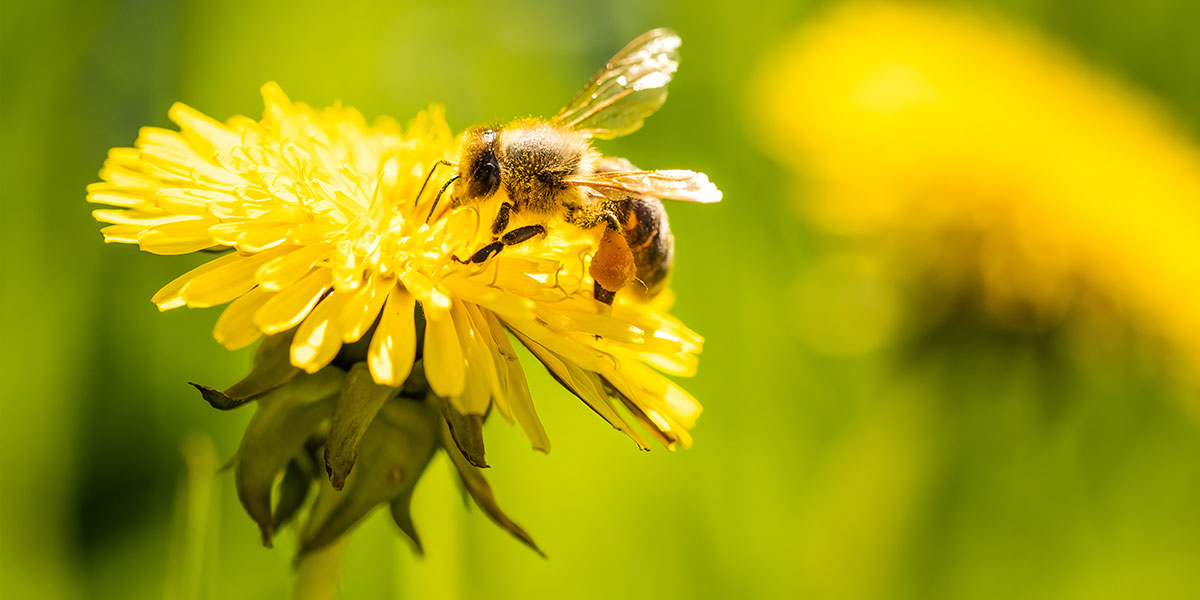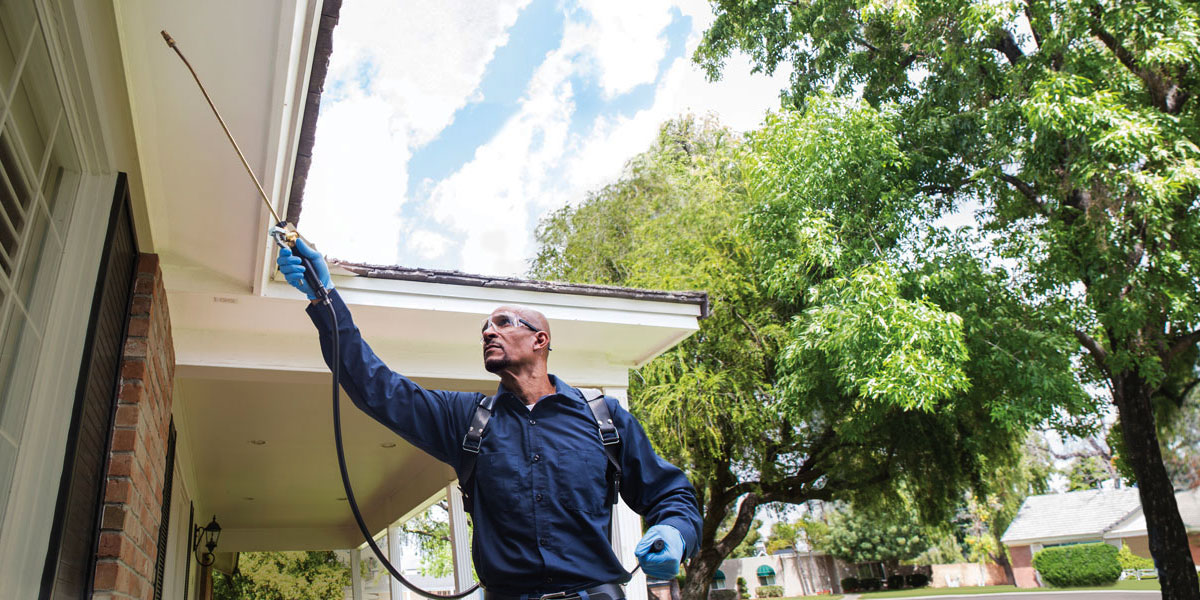______________________________________________________________________________________________________________________________________________________________
“Bee” Mindful!
Warmer weather brings blooming plants in the landscape and pollinators visiting the blooms. Insect pollinators include honeybees, bumble bees, other native bees, and butterflies. These pollinators provide an important service of transferring pollen from flower to flower while gathering resources – nectar and pollen – to sustain themselves.
Also, warmer weather encourages pests to emerge to attack plants, lawns, and homes. A homeowner may decide to control pests with an insecticide to protect areas around their landscape or home.
Keep in mind the following key points to protect pollinators that may also be in the same area as the needed applications.
Read the label and determine if the product can be harmful to pollinators
The product label may have warning symbols or phrases to guide you about pollinator protection.
Follow label instructions
The label provides information about proper application practices such as where, when, and how to apply the product to minimize exposure to pollinators.

Understand pollinator visitation habitats
For outdoor applications, follow the product label and consider not applying insecticides to plants or weeds where bees are actively foraging. When making applications, be sure to maintain proper distance between the application area and flowering portions of plants. Remember, flowering weeds can also be attractive to pollinators.
Be aware of weather conditions before, during, and after application
Strong winds can cause unintended drift of a product into non-target areas where flowering plants may be present.
Safely remove or relocate bee colonies that pose a threat
Always follow local regulations for honeybees and the product label instructions for pest specific treatments including bees that are congregating on or nesting within structures. When possible and prior to any application, safely remove or relocate honeybee colonies or swarms away from the structure. Contact local bee removal experts and/or beekeepers associations for appropriate assistance and advice to safeguard pollinators.
Visit the PROPER use BASF website for more information on pesticide use.




